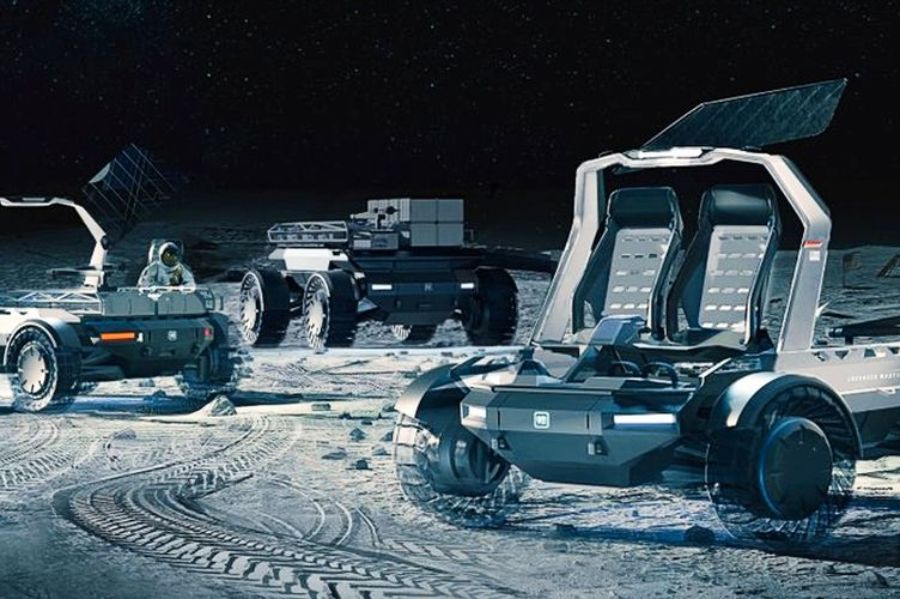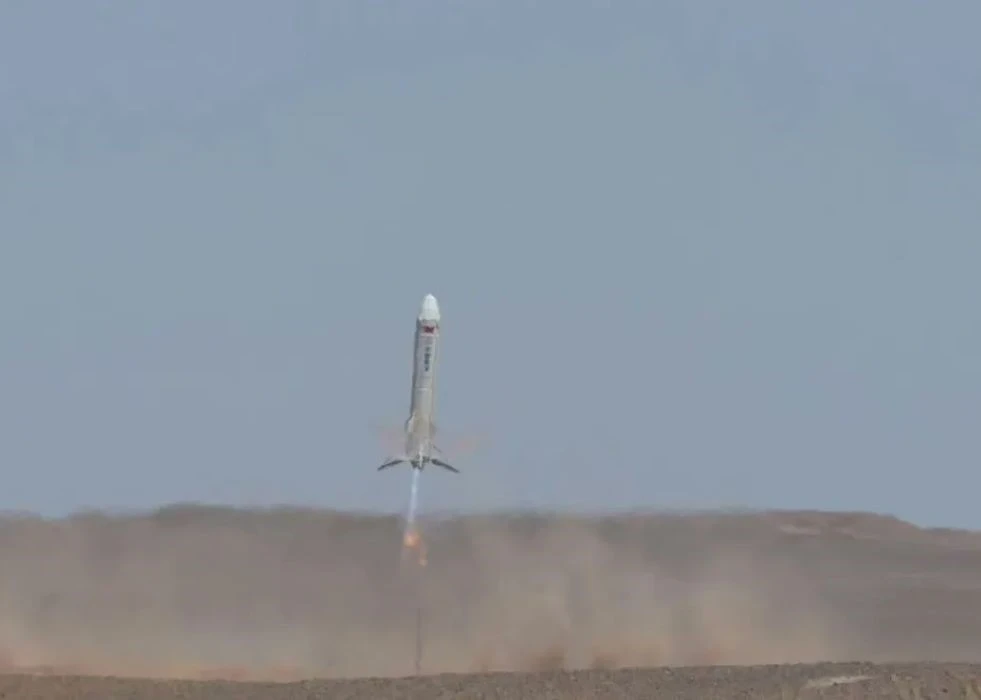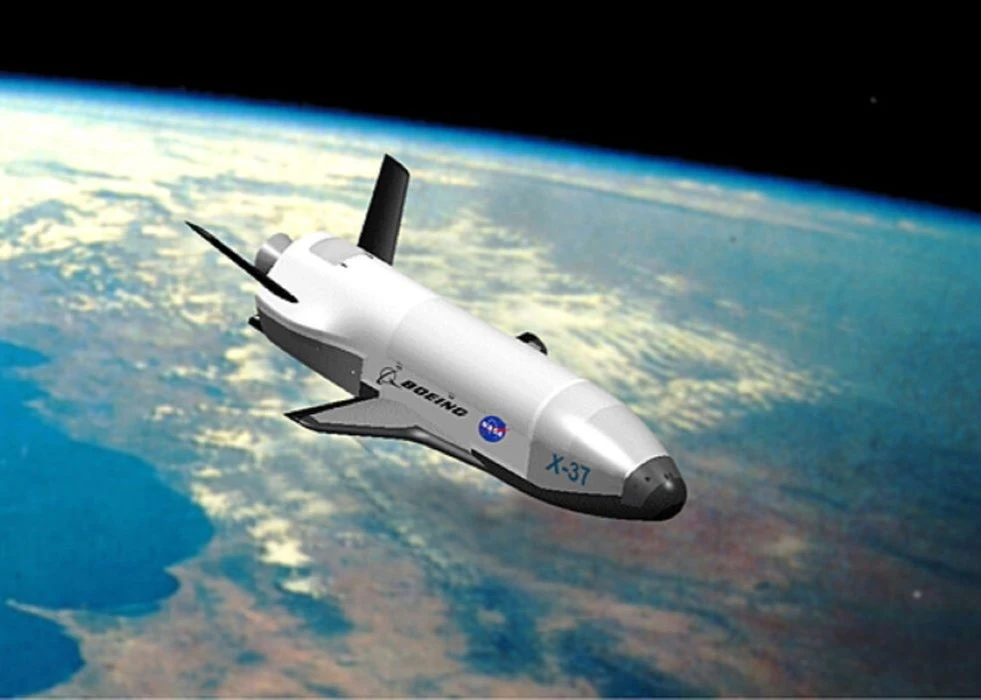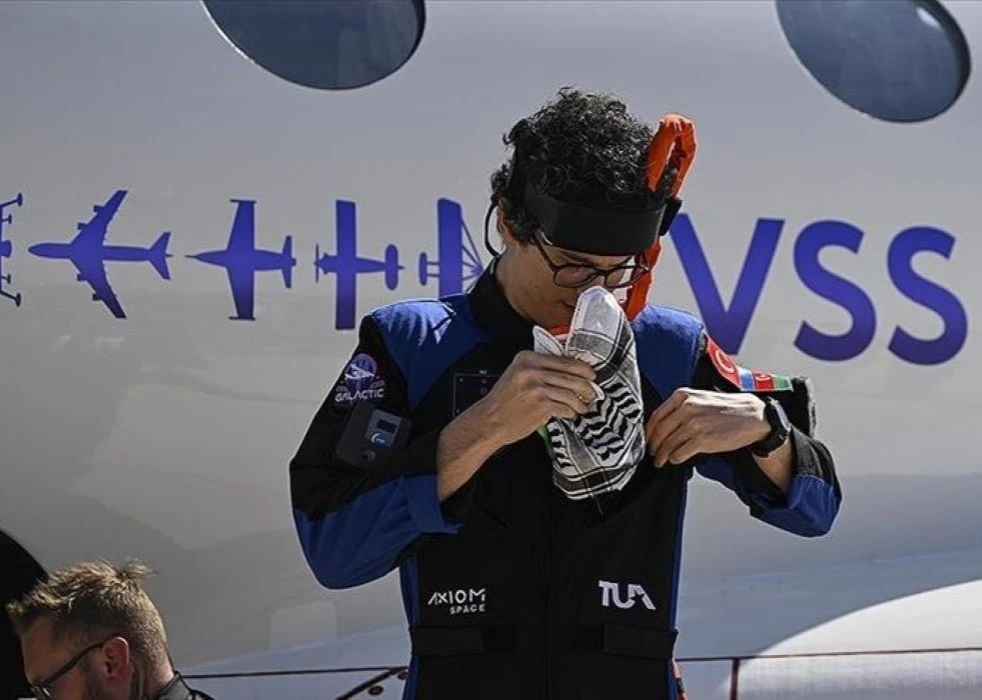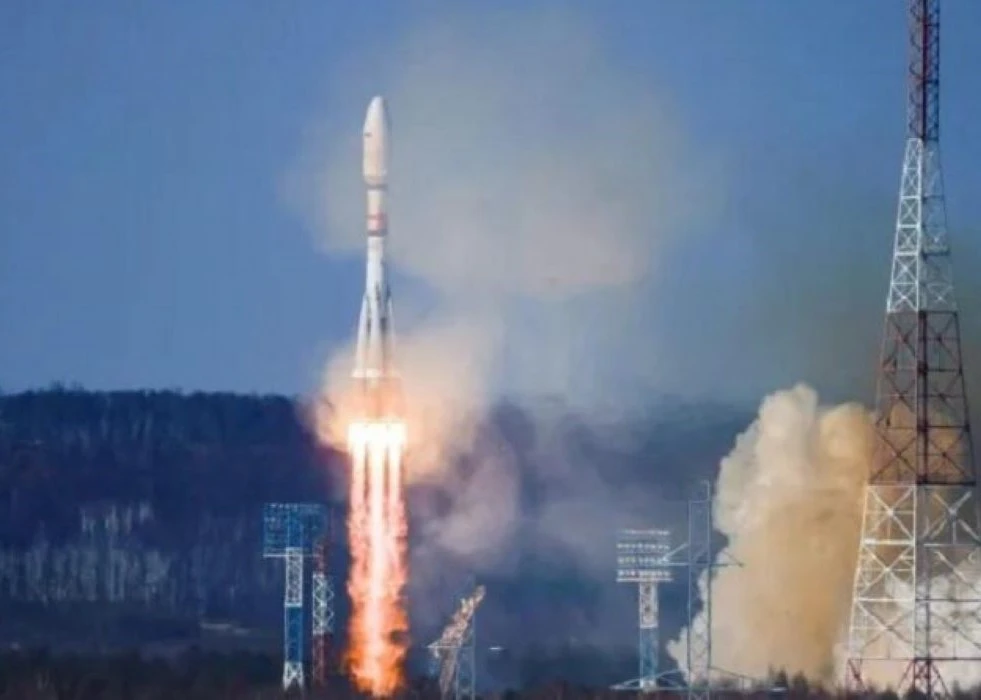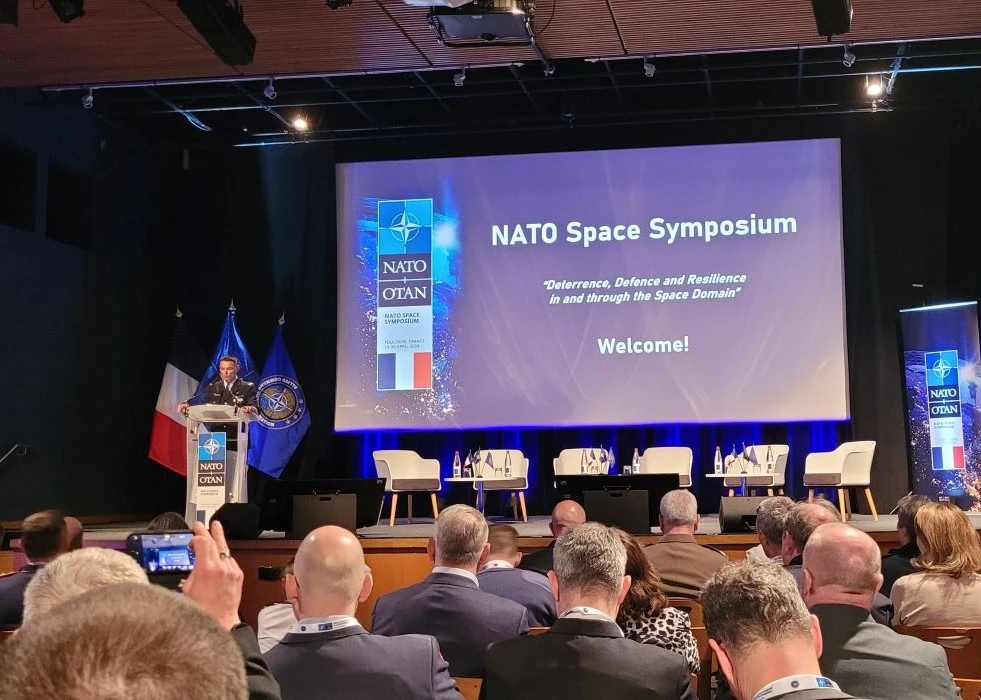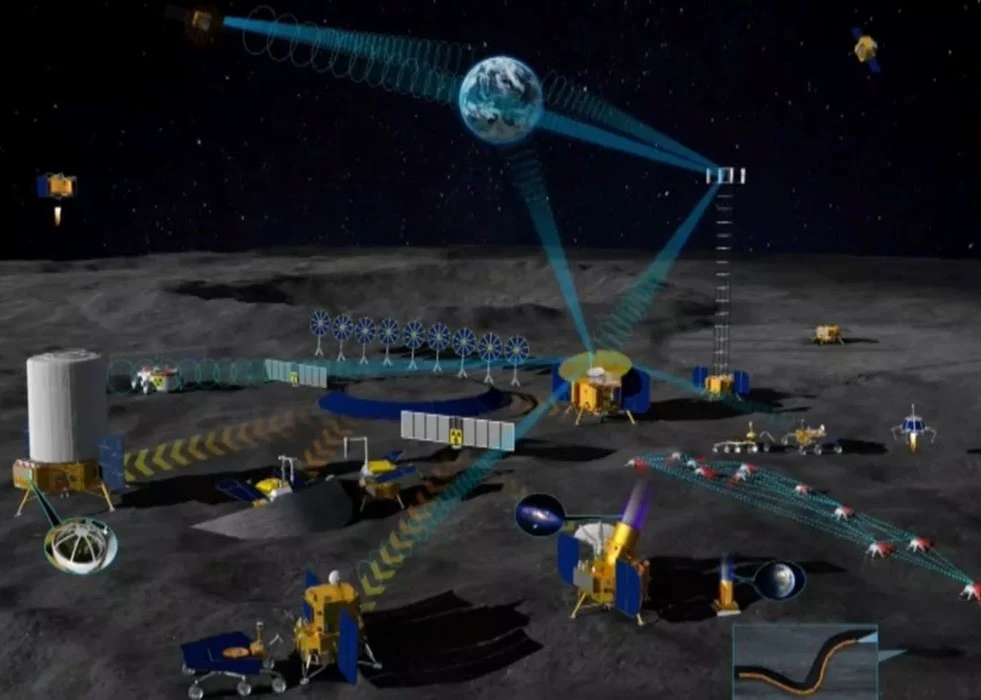NASA unveiled the new lunar rovers that astronauts will use to go around the moon. The Artemis project, which will begin with an unmanned launch this year and progress to advanced phases, will establish a base in the moon's south pole. The proposal for the lunar base comprises rovers that can move about and rovers large enough to live in from the start.
The Artemis programme is an international human spaceflight initiative led by the United States. It has similarities to International Space Station (ISS). Its major objective is to return people to the Moon by 2025, specifically the lunar south pole. If successful, it will be the first crewed lunar landing mission since Apollo 17, the Apollo program"s final lunar voyage in 1972. The Artemis programme began in December 2017 to restructure and continue previous attempts since 2009 to revive the US space programme. Its claimed short-term goal is to land the first woman on the Moon; its stated mid-term goals include building a multinational expedition team and establishing a sustained human presence. Long-term goals include building the groundwork for exploiting lunar resources and, eventually, making crewed expeditions to Mars and beyond feasible.
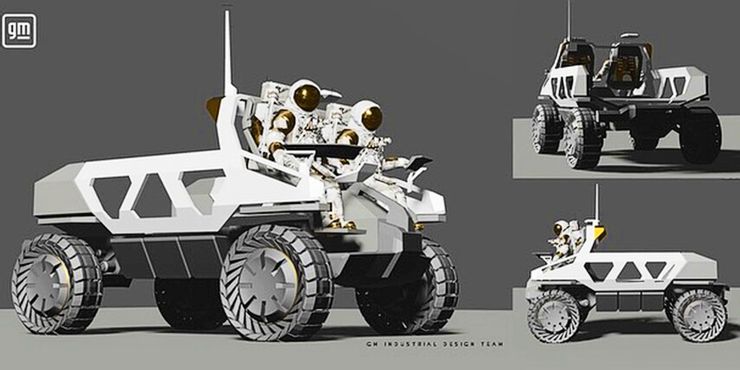
General Motors Defence and Lockheed Martin have collaborated to develop the next generation of lunar vehicles. They recently displayed their lunar rover which are still in the planning stages. Two automobiles will be built. One is a strong all-terrain buggy that can be driven, while the other is a bigger rover to serve with its payload capacity.
According to NASA, the record for driving on the moon was set during the Apollo missions and is five kilometres. Only 5% of the Moon"s surface has been studied by humans, and with these rovers, NASA will begin to reach the remaining 95%.
Artemis 1 intends to launch an unmanned spacecraft around the moon using a never-flown Space Launch System rocket and a once-flown Orion spacecraft. NASA hopes to extend the program with the moon-orbiting crewed Artemis 2 mission in 2024, then a landing on Artemis 3 in 2025, ahead of other crewed missions later in the 2020s.
NASA hopes to explore helium, water-ice, and other elements hidden inside craters.


